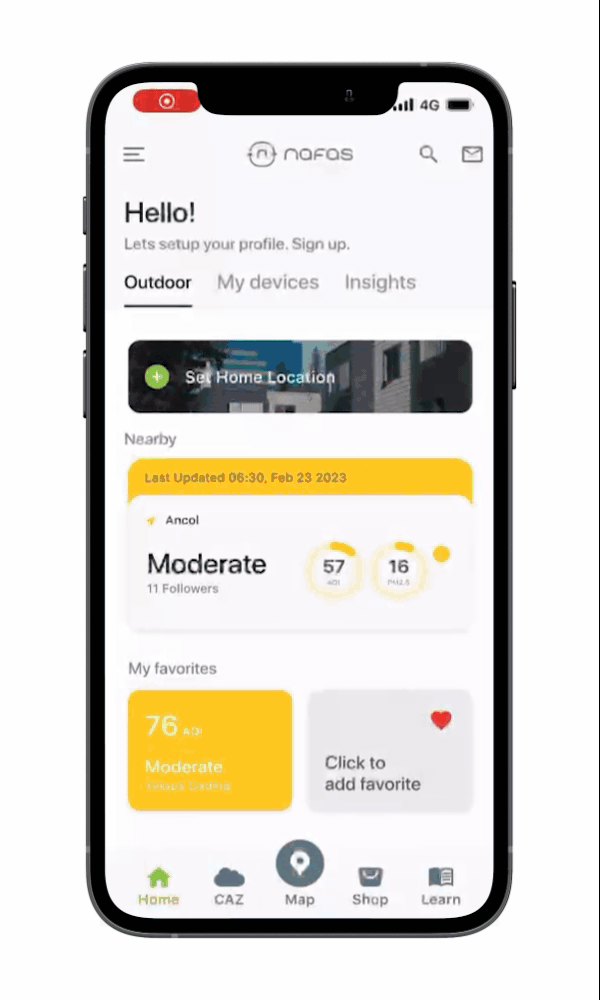When is the best time to exercise if there is high air pollution?
It has become a common knowledge that there are numerous health benefits to exercising regularly, such as improved heart health, increased strength, and increased endurance. This one is undeniable.
However, with air pollution lurking, there is a health risk associated with it. During exercise, a greater proportion of air is inhaled through the mouth, effectively bypassing the normal nasal mechanisms for filtration of large particles and soluble vapors. Moreover, a higher airflow velocity also transports pollutants deeper into the respiratory tract.
9 of the 16 papers reviewed found that exercising outside in polluted air has short-term (temporary) health consequences, with lung function impairments being the most common.
Now, the decision whether to exercise has become a bit more complex. What if the air pollution during the morning is high? If yes, how should you manage your exercise?
Let’s dig deeper!
Early morning air quality is the worst

Contrary to the popular belief, morning is not always the best time too exercise.
Turns out, the air quality in the atmosphere is very poor from early evening until early morning. This is caused by a temperature inversion, which is a phenomenon caused by the flow of air masses in the atmosphere, resulting in temperature differences in the atmosphere.
This inversion will prevent air from rising upwards, accumulating air pollution near the earth's surface and making air pollution on Earth's surface worsens. The temperature inversion will fade as the air temperature rises during the day.
So, what can you do?
Tip 1: The best time to exercise is the one you can do consistently
We realize that you have limited time. With only 24 hours in one day, allocating time to exercise can be difficult to do.
Our advice: Pick 1 or 2 time slots in which you can allocate for exercise consistently.
Then, pay more attention to the outdoor pollution when you’re about to exercise. As much as you can, avoid doing exercise when the pollution is high.
Tip 2: Restrict exercise duration with the ‘Exercise Alert’ feature
We offer a simple-to-use Exercise Alert feature that will let you know when to reduce your exercise time!
Press the location you want > turn on the 'Receive Air Quality Alert' feature > turn on the 'Exercise Alert' feature
Tip 3: Look for gyms/studios for yoga and pilates that guarantee healthy indoor air quality

With Clean Air Zone, you will find gyms or studios that will guarantee a healthy indoor air quality for you to breathe, so you can focus on your exercise without worrying a bit about the air quality.
✅ We will be adding new features over time. If you have any suggestions, please email us at [email protected]
References:
Can air pollution negate the health benefits of cycling and walking? (2016). Preventive Medicine, 87, 233–236. https://doi.org/10.1016/j.ypmed.2016.02.002.
Ni, X.-F., Peng, S.-C., & Wang, J.-Z. (2019). Is Morning or Evening Better for Outdoor Exercise? An Evaluation Based on Nationwide PM2.5 Data in China. Aerosol and Air Quality Research, 19(9), 2093–2099. https://doi.org/10.4209/aaqr.2019.07.0362.